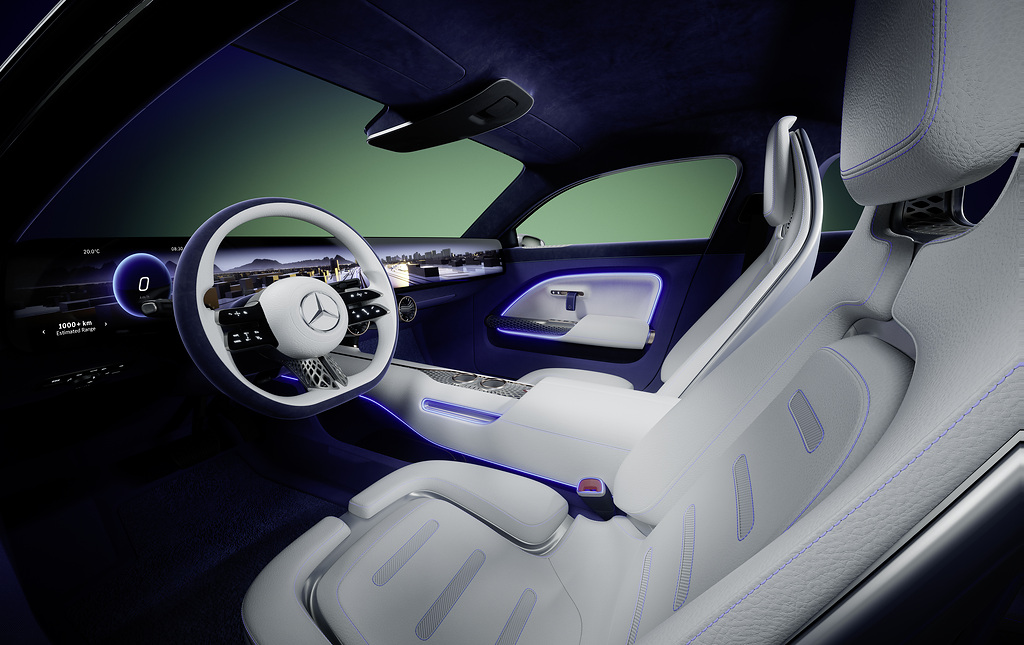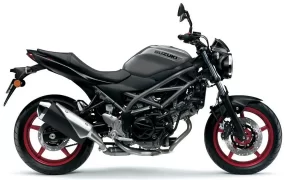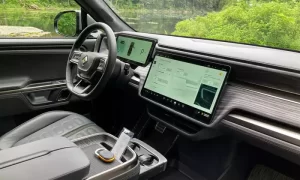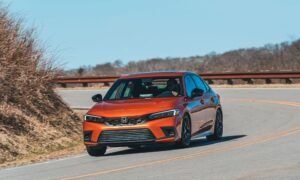The Mercedes-Benz EV division, fresh off the success of the EQS and EQE, has set its eyes on developing the most fuel-efficient and aerodynamic EV possible with the Vision EQXX concept. The EQXX concept, in contrast to the company’s current offers, will serve as the basis for all future electric vehicles produced by the company. Mercedes boasts that the EQXX, because to its aerodynamic styling and efficient motor, can go 745 miles on a single charge, a distance greater than that of any other electric vehicle currently on the market. The key to this range is the teardrop shape that makes sure there is minimum wind resistance.

Surprisingly, the EQXX took just 18 months to create from the time of its start in June 2020.
The original objective was to produce an EV capable of giving 1000 km or 621-mile range on a single charge. The crew needed an efficiency of 10 kWh/ 62.1 miles to make it happen using a 100 kWh battery. Formula 1 and Formula E engineers from Mercedes collaborated on the EQXX’s development.
Just as with normal IC alternatives, aerodynamic skills are just as vital for EVs, particularly for cars that concentrate on long range and performance. Reduced resistance to airflow means reduced fuel use and longer travel times. Mercedes’ Vision EQXX uses a teardrop form, creating a tapered trunk and a continuous curve from front to back. The rear track is two inches narrower than the front. A lengthy tail with an active diffuser that stretches almost 8 inches complements the cabin’s tapered shape.

All this work has resulted in a drag coefficient of only 0.17, a huge rise above the 0.20 rating of the EQS. The Vision EQXX is the world’s most aerodynamically efficient vehicle. Mercedes claims that regular internal combustion (IC) vehicles cannot have this design because of where the engines are typically located in the vehicles. Mercedes places a premium on efficiency, claiming that more than 62% of the EQXX’s efficiency is due to aerodynamics. Lightweight aluminum or carbon fiber is used for most of the components. In addition, the battery pack has a cooling plate installed below the vehicle. Again, the aerodynamic design and lack of an internal combustion engine mean that active cooling is unnecessary.
An impressive 95% efficiency was achieved as a consequence of all the technical work put in, meaning that 95% of the battery’s power is really being sent to the wheels. But the EQS was 90% effective. Mercedes has introduced adaptive assistance at both ends to improve efficiency. The rear diffuser may be extended to control airflow effectively. The front active shutters and cooling plate will channel cooling air towards the battery pack.
Mercedes has already done some traveling in the EQXX. The vehicle’s first efficiency readings were 7.1 miles per kWh (while covering 626 miles from Sindelfingen, Germany to Cassis, Northern Italy). Interestingly, there was still enough power in the automobile to go another 87 miles. On the second journey, which covered 747 miles from Stuttgart, Germany to Silverstone, France, the vehicle got an average of 7.5 miles per kWh. Notably, the vehicle still had enough power to complete 11 circuits of the course. After extensive testing of EMMA (Mercedes Modular Architecture) on the EQB, Mercedes created the EQXX. To iron out the wrinkles, it used the same drivetrain and battery management system. Therefore, the EQXX is a well-executed and trustworthy idea that breezed through all the far-ranging testing.
The Lucid Air Grand Touring (516 miles) and the Tesla Model S Long Range (405 miles) are currently the two longest-range competitors. The EQXX has a greater range than the EQS while sharing the same 100 kWh battery, all owing to its teardrop-shaped aerodynamic design and a 30% reduction in overall weight. The EQXX’s 110.2-inch wheelbase is also unexpectedly short. Mercedes has redesigned the battery pack with a carbon fiber cover and a new cell arrangement. Furthermore, the car is powered by a 900V design, which is more advanced than anything offered by its competitors. The EQXX’s battery pack is air-cooled to maximize efficiency and save weight. Mercedes has adjusted the aerodynamics such that a constant supply of cool air is directed toward the battery pack.
Regenerative braking is also enhanced for the EQXX with four settings to select from. In its top setting, the EQXX experiences no drag when coasting. The EQXX is a great alternative for city driving since, in its most aggressive mode, it eliminates the need to use the brake pedal at all. The EQXX has 117 solar panels mounted on its roof, powering the majority of the car’s auxiliary systems via a 12V system and adding 15 miles to the vehicle’s total range. However, due of this addition, the back window vision is limited.
Influence on Performance
The 241 horsepower shown on the spec sheet is below average for a vehicle in its class. A one-speed automatic gearbox distributes the engine’s output to the back wheels. Despite its relatively low specifications, the EQXX impresses with a brisk acceleration soon as you get going. Weighing in at 3,858 pounds, the EQXX is also lighter than its rivals. Thanks to its lighter frame, it outperforms the EQS 450 in every respect.
With its well-weighted steering and firm suspension, the EQXX feels stable and precise through turns. There was no change to the ride’s quality, however. Even with the ultra-low rolling resistance tires, the car maintains a calm ride through corners with little to no body roll.
When you enter the EQXX, you’ll see a sleek and uncluttered cabin. When compared to other modern EVs, it doesn’t appear particularly futuristic. The gigantic 47.5-inch curved OLED panel takes up the whole width of the dashboard and serves as its focal point. Materials used come from cruelty-free farms wherever possible. When not in use, the car’s display dims significantly to save power. Sharp and close-up visuals aid in real-time 3D navigation.
The Mercedes-Benz Vision EQXX is a concept that ultimately feels more like a production-ready vehicle. Next-generation Mercedes EVs will likely look and feel the same.
READ MORE- Unveiling a Refreshed Company Image, the Skoda Vision 7S Concept Is Now Public



